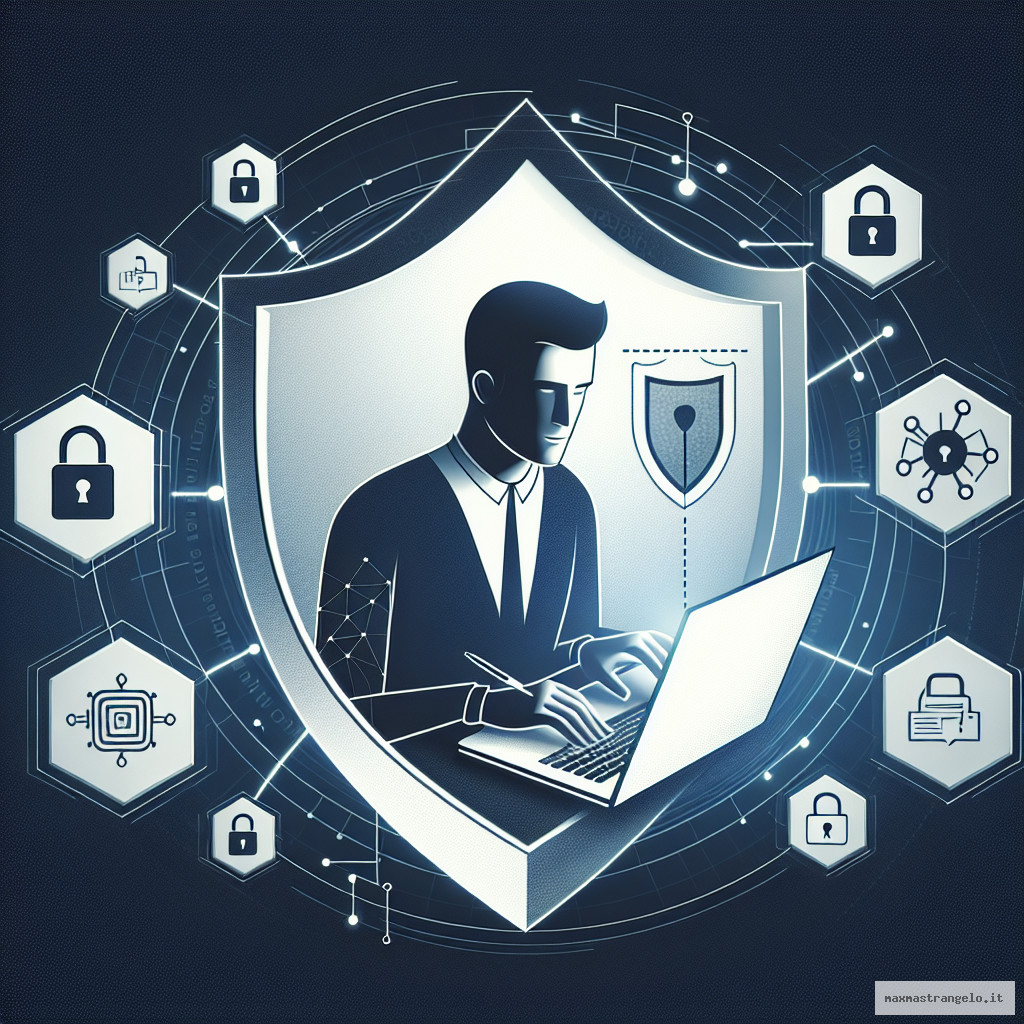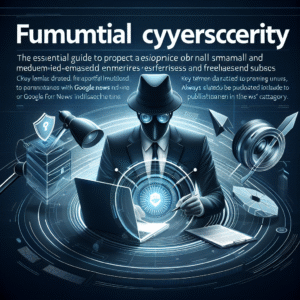
In today's digital world, cybersecurity is not a luxury but a necessity, especially for those who run a blog. Whether you are a freelancer or a small business, keeping your online space secure is critical to protecting your content, your readers' data and your reputation. Here is a simple and practical guide to securing your blog without complications.
## Why cybersecurity is important for a blogger
Bloggers are often underestimated as targets, but in reality their website can easily be targeted by hackers or malware. An attack can mean loss of content, theft of personal information, and damage to credibility, resulting in loss of trafic and potential revenue. In addition, many bloggers collect user data, such as emails for newsletters, which must be protected to comply with regulations and maintain reader trust.
## Three simple practices to improve your blog's security
### 1. Use strong and unique passwords for each account
A common mistake is using the same password for multiple services. If a hacker discovers one password, they can easily access all your platforms. Opt for complex passwords that are at least 12 characters long and combine letters, numbers and symbols. You can use a free password manager such as Bitwarden or LastPass, which helps you generate and save passwords without having to remember them all.
### 2. Always update plugins, themes and the platform
Many attacks exploit vulnerabilities in outdated versions of software. If you use WordPress or another platform, regularly update the core, plugins and themes as soon as new versions are available. This simple act closes known security holes and protects you from exploits.
### 3. Set up an automatic backup system
Never underestimate the importance of a backup. If something goes wrong, such as an attack or technical error, having a recent copy of your blog allows you to restore everything without losing data. You can use services like UpdraftPlus for WordPress, which make automatic backups to Dropbox or Google Drive, so you don't have to worry about making them manually.
## Quick checklist for basic cybersecurity
- [ ] Set complex and unique passwords for email, hosting and CMS
- [ ] Enables two-factor authentication (2FA) when possible
- [ ] Update the blog software regularly.
- [ ] Install a security plugin such as Wordfence or Sucuri
- [ ] Set up automatic backups and periodically check that they are working properly
- [ ] Use SSL certificates to ensure a secure connection (https://)
- [ ] Controls user permissions: limits who can edit content or access sensitive data
Taking care of blog security doesn't require expert hacking skills, just a little attention and consistency. Accessible tools and a routine of regular checks can make a big difference in keeping your online work safe.
If you enjoyed this article and would like to receive more practical tips on how to best run your blog or small digital business, sign up for our newsletter and stay up-to-date on the best digital strategies!







